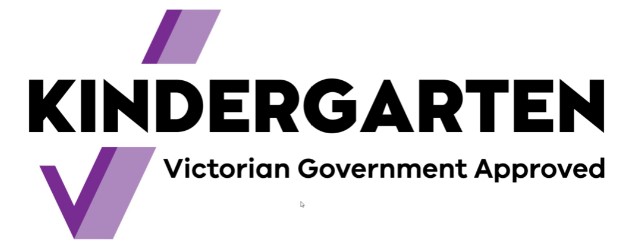What is Sunsmart and Why is it a Requirement for Early Learners?
10 May 2021Sun exposure in children and adolescence greatly increases the chances of creating skin cancer later throughout everyday life. Babies and kids are frequently in kid care or at kindergarten during the peak UV times during the day, making it essential for early youth communities to not just have practices in place to ensure the youngsters in their care yet additionally to educate and good example the importance of sun assurance. The SunSmart program for early adolescence and out of school hours care (OSHC) aims to limit exposure to UV radiation from the sun and impact sun insurance behaviours.
Skin cancer is perhaps the most preventable cancers. UV exposure during youth and adolescence has a major impact on future skin cancer risk. Decreasing UV exposure lessens skin cancer risk. The SunSmart Schools and Early Childhood Membership Program started in the early 1990s to help raise awareness about skin cancer anticipation and sun security. We suggest all early youth administrations and schools create and execute a complete, proof-based sun assurance strategy to diminish UV exposure and associated risks.
SunSmart in Victoria
Almost all Victorian early youth administrations (97%) and primary schools (90%) have a written sun insurance strategy. Research shows schools and administrations with a written sun insurance strategy have the greatest number of youngsters and staff shielding themselves from the sun.
All Victorian childcare, family daycare, preschools and schools are invited to apply free of charge SunSmart participation. SunSmart participation is associated with significant enhancements in the quality of arrangements and strategies to lessen sun exposure.
These proposed planned encounters and learning opportunities can encompass aspects of all five Outcomes of the Victorian Early Years Learning and Development Framework (VEYLDF) and national Early Years Learning Framework (EYLF). They are given as a potential starting point for educators. You may want to adapt these to expand on and broaden the information, abilities and interests of the youngsters and supplement the communities that kids and families come from as well as the local community.
Possible Activities
- For example, give materials that recommend an outing in the park or a day at the beach. Attempt to draw on ongoing gathering or family intrigues while picking a scenario for exploration.
- Give a small table canvassed in a plain fabric (green to address a park perhaps) or a shallow sand tray set up to recommend a beach (or place the materials in the sandpit).
- Arrange some play materials like small dolls with defensive dress and hats, some wooden squares for development of seats, cover or a table.
Utilise a real pot plant for shade, a square of real shade material, some small bits of fabric for outing mats or towels and a miniature tea set. Give a couple of chairs or pads for the youngsters.

